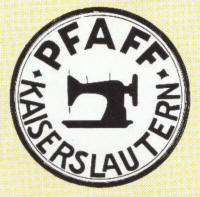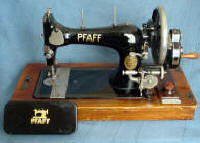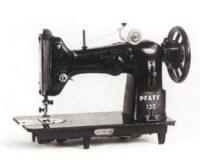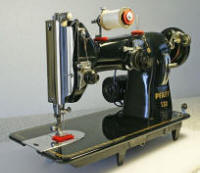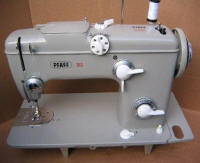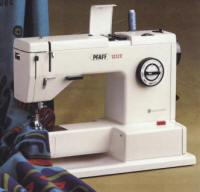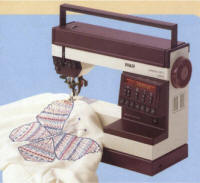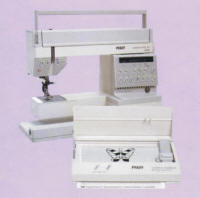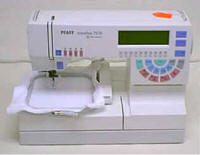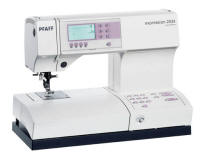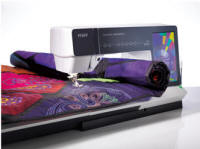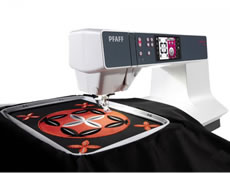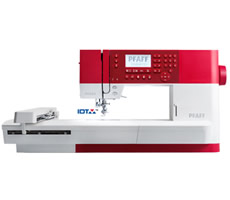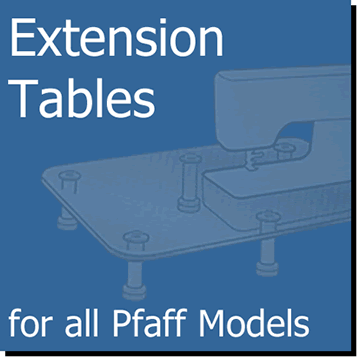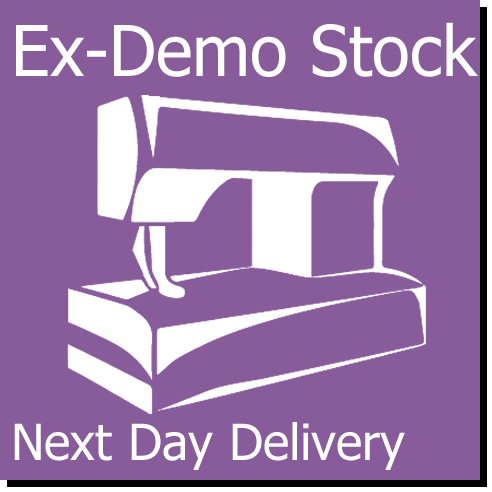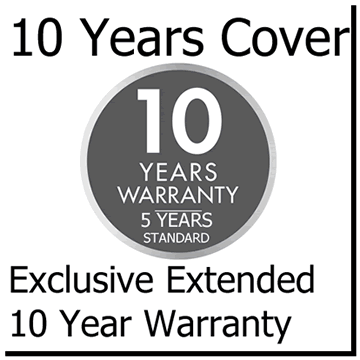We use cookies to make your experience better. To comply with the new e-Privacy directive, we need to ask for your consent to set the cookies. Learn more.
The history of Pfaff extends over 150 years
Pfaff's history all started with a chap named Georg Michael Pfaff. He was a craftsmen who made musical instruments. He lived in Kaiserslautern, Germany at the start of the industrial revolution.
In 1862, Mr G M Pfaff, whilst experimenting, made his first sewing machine. And that very machine can still be seen today at the Munich Museum of Science and Technology.
But he did of course realize the great prospects of his product which paved the way for a company that would set the standard for some of the most advanced sewing engineering the world had ever seen. A company, still today, internationally recognized as the household name for quality and technical progress in sewing.
Georg Michael Pfaff’s second son, he discovered that the German sewing machine industry got its machine equipment from the USA. Georg Pfaff Senior decided that his son also named Georg should pay a visit to America, which he did on July 12th 1876 arriving in New York and then Philadelphia on July 15th, where he went on to visit the World Industrial Exhibition.
During his sons two year stay in the US, Georg Pfaff studied manufacturing plants, tool factories and ordered tools, drilling machines and universal lathes for the PFAFF factory in Germany and it did not take long before Georg Michael Pfaff completely abandoned individual manual production for steam-driven drilling, milling and planing machines.
Georg Michael Pfaff opened a sewing machine shop in London in 1885 and from there the PFAFF factory continued to modernise and extend itself producing one of the world’s most aspirational brands of sewing machine.
A huge story condensed here into a few milestones have been passed along the way. Sewing today is a true hobby for people of all ages and skill levels, just ask any quilter, embroiderer, or dressmaker how much it means to him or her. Over the years PFAFF has transformed sewing from a chore to a creative hobby.

